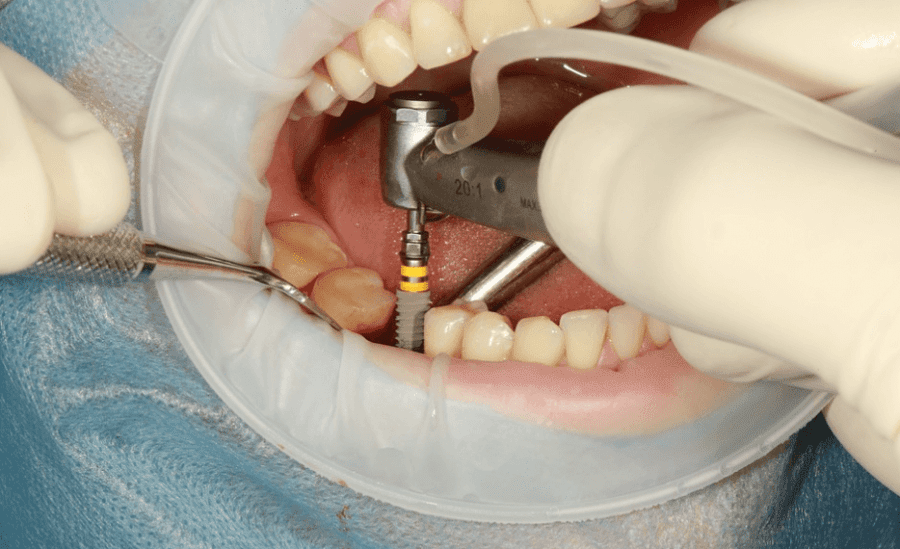Although tooth loss is a common dental problem that many encounter it, it is crucial to replace your missing teeth as soon as you lose a tooth. Missing teeth can cause a lot of dental problems like teeth shifting, gum disease, and tooth decay. Moreover, it negatively impacts your oral health. This is why most of the dental professionals suggest replacing a missing tooth.
However, of those teeth replacement options, dental implants are considered to be an ideal choice for replacing a missing tooth. But, many are not aware of the procedure and avoid replacing their missing teeth with implants. Learning about the dental implants procedure is essential before getting it.
How do implants work?
The dental implants Melbourne consist of three parts, including the implants, abutment, and the replacement teeth also called crown. The implant is made of titanium which is a biocompatible material and do not cause any harm to your health. Dental implants are surgically inserted into the jawbone and allowed to fuse with the jawbone. It is the only teeth replacement option that replaces the root of a missing tooth.
The abutment is made of titanium or porcelain. It is attached to the implant with a screw. This is the part that connects implants to the crown.
The restoration teeth are made of porcelain and custom-made to match your natural teeth. The crown may be cemented or screwed onto the abutment.
The process involved in dental implant surgery
Dental implant process is basically a three-phase procedure, and the time taken to complete it varies from one patient to another based on their needs and oral health condition. Generally, the process takes from five to eight months. The dental implants cost depends on factors like the number of the implant, the material, and complexity of the procedure.
During the first procedure, a hole is drilled, and a small cut is made on the gum to insert the implants. Finally, the incision is stitched closed. Then, it is allowed to naturally fuse with the jawbone through a process called osseointegration and healed. It may take four months and may vary depending on a patient’s oral and overall health.
At the end of the healing period, another procedure takes place. A new incision is made to expose the implant and the abutment is attached to the implants and a cap is placed over the abutment temporarily to aid healing. Once it is healed, the cap is removed and the crown is fixed.
As surgery is carried out under anaesthesia you won’t experience any pain during the procedure. You can also opt for sedation dentistry that helps to keep you calm and relaxed during the oral surgery. The sedation option you choose can influence the cost of dental implants. Speak to your dentist regarding the options you have.

